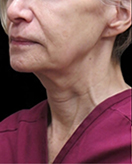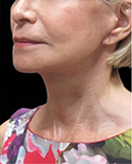Rosacea Treatment
Conveniently located to serve the areas of New York, NY

Most common in people between the ages of 30 and 60, rosacea is a skin condition characterized by persistent, overall facial redness during the earliest stages, which may progress to the development of telangiectasia (thin blood vessels), inflammation, red bumps, nodules, and thickening of the facial skin in the later stages. While there is no cure for rosacea, laser and light-based therapies can achieve remarkable results in helping to treat and control rosacea symptoms.
Telangiectasia are visible dilated blood vessels near the surface of the skin, which are most commonly found on the nose, cheeks, and legs. Lasers can simply and successfully treat telangiectasia, as well as other red areas on the skin, including red marks from scars or skin injuries. Red spots on the skin, known as cherry or spider angiomas, are extremely common and tend to increase in number and size over time. Usually found on the chest, abdomen and arms, these red spots can be quickly, safely, and effectively treated with laser and light-based therapies.*
Procedure
Lasers and light systems can target the blood vessels just below the skin’s surface that may be responsible for red spots and rosacea symptoms, resulting in the elimination of red spots, reduced overall redness, and clearer, smoother skin. Depending on your specific skin type and condition, a combination of lasers and intense pulsed light therapy (IPL) may achieve the best results. Dr. Levine will assess your condition and determine the best treatment for your specific needs.

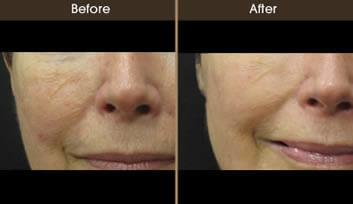
Expectations
Laser rosacea, telangiectasia, and red spot treatment is performed on an outpatient basis in our offices. Most patients tolerate the procedure easily, describing a light snapping sensation during treatment. For more extensive treatment or sensitive patients, a numbing cream can be applied before the procedure to ensure maximum comfort. There is no need for special post procedure care, although you should always use good sun protection. Most patients may resume their normal activities immediately following treatment.
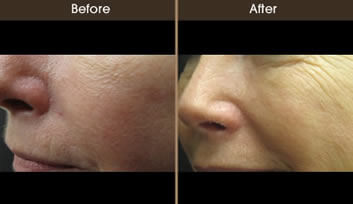
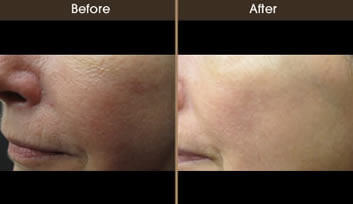
Treatment Duration
Rosacea should be treated as early as possible to prevent the progression of the condition and the worsening of symptoms. The number of sessions needed will depend on your specific condition, but for most people a series of 4 to 6 treatments, spaced a month apart, may achieve the best results.* One to two additional sessions per year may be needed to maintain results. The number of treatments needed to remove red spots will vary, depending on the size and depth of the lesions. At times, only one or two treatments are needed to remove a cherry angioma. Treated red spots are can be removed, although new spots may form in other locations over time. If new red spots form, treatment can be repeated to achieve the desired results. When treating telangiectasia, smaller blood vessels often clear after one treatment, while larger blood vessels may require a second session.
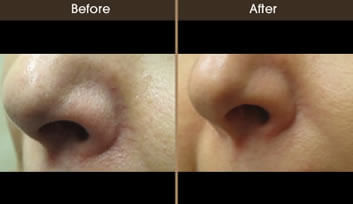
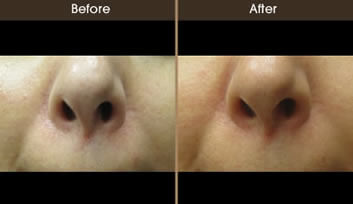
Contact
Dr. Elie Levine will be happy to meet with you to discuss post-bariatric weight loss procedures. Please call our office at (212) 988-1800, or make an appointment online for a personal consultation in our New York City offices.
